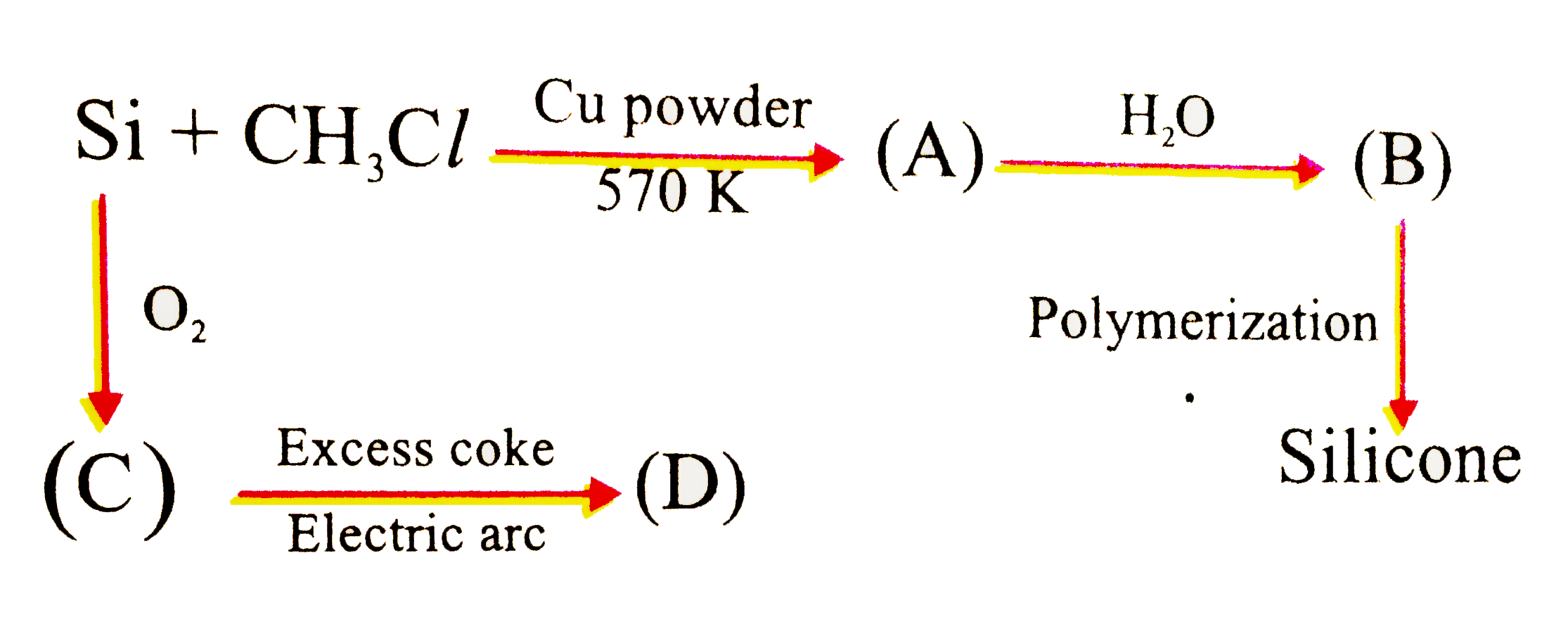A hypothetical reaction A→2B, proceeds through following sequence of steps
(i) A→C,ΔH=q
(ii) C→D,ΔH=v
(iii) 12D→B,ΔH=x
Then, the heat of reaction is
A
q−v+2x
B
q+v−2x
C
q+v+2x
D
q+2v−2x
Video Solution
Text Solution
The correct Answer is:C
According to Hess's law, the total heat changes occurring during a chemical reaction are independent of path.
ΔH=q+v+2x

|
Updated on:21/07/2023
Topper's Solved these Questions
- BOOK - MHTCET PREVIOUS YEAR PAPERS AND PRACTICE PAPERSCHAPTER - CHEMICAL THERMODYNAMICS AND ENERGETICEXERCISE - MHT CET Corner40videos
CHEMICAL THERMODYNAMICS AND ENERGETIC
- BOOK - MHTCET PREVIOUS YEAR PAPERS AND PRACTICE PAPERSCHAPTER - CHEMICAL THERMODYNAMICS AND ENERGETICEXERCISE - Exercise 188videos
CHEMICAL THERMODYNAMICS AND ENERGETIC
- BOOK - MHTCET PREVIOUS YEAR PAPERS AND PRACTICE PAPERSCHAPTER - CHEMICAL KINETICS EXERCISE - MHT CET CORNER20videos
CHEMICAL KINETICS
- BOOK - MHTCET PREVIOUS YEAR PAPERS AND PRACTICE PAPERSCHAPTER - CHEMISTRY IN EVERYDAY LIFE EXERCISE - MHT CET CORNER11videos
CHEMISTRY IN EVERYDAY LIFE
Similar Questions
Knowledge Check
- Question 1 - Select One
A hypothetical reaction, A→2B proceeds through following sequence of steps
A→C,ΔH=a
C→D,ΔH=b
12D→B:ΔH=c
The heat of reaction is :Aa−b+2c1Ba+b−2cCa+b+2cDa+2b+2c - Question 2 - Select One
A hypothetical reaction, A→2B, proceeds via following sequence of steps
A→CΔH=q1C→DΔH=q212D→BΔH=q3
The heat of reaction isAq1−q2+2q3Bq1+q2−2q2Cq1+q2+2q3Dq1+2q2−2q3 - Question 3 - Select One
If C(s)+O2(g)→CO2(g),ΔH=X and CO(g)+1/2O2(g)→CO2(g),ΔH=Y, then the heat of formation of CO is
AX-YBY-2XCX+YD2X-Y
An imaginary reaction X→Y takes place in three steps
X→A,ΔH=−q1, B→A,ΔH=−q2, B→Y,ΔH=−q3
If Hess's law is applicable, then the heat of the reaction (X→Y) is :View SolutionIdentify A, B, C and D in the following reaction sequence
 View Solution
View SolutionFor a reaction A+2B→C+D, if ΔH=−25kcal, T=300K and ΔS=90cal, then the reaction is
View SolutionGiven these reactions :
A→2BΔH=40KJ
B→CΔH=−50KJ
2C→DΔH=−20KJ
Calculate ΔH for the reaction : D+A→4CView SolutionAn imaginary reaction X→Y takes place in three steps
X→A,ΔH=−q1, B→A,ΔH=−q2, B→Y,ΔH=−q3
If Hess's law is applicable, then the heat of the reaction (X→Y) is :View Solution

